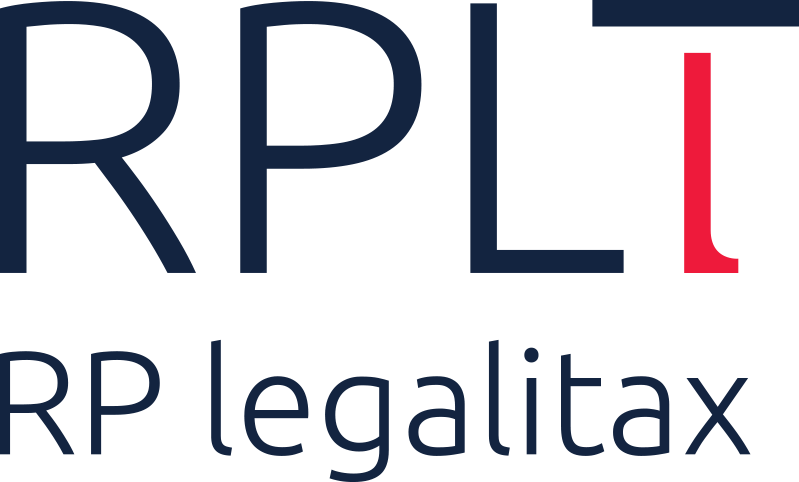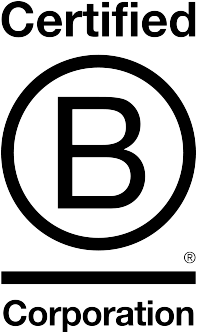Amendments to the Italian Cultural Heritage Code: one small step in the legal framework, one giant leap in the Italian a...
According to the “Art Market 2017” (a report on the 2016 global art market issued by Art Economics and released during Art Basel Hong Kong) Italy represents one of the less developed art markets in the world, even though the successes of the Italian Sales at Sotheby’s and Christie’s in London and New York.
Actually, this scenario did not come unexpected. The disadvantageous fiscal system and the obsolete and inconsistent legal framework in force to date weakened the Italian art market charme and made Italy unable to compete with the other characters involved in the worldwide art market. However, starting from the 2nd August 2017, the regime regulating the circulation of cultural property in Italy has been amended by the yearly issued anti-trust law, which modifies the Italian Cultural Heriage Code and aims to simplify and enhance Italian art market’s efficiency as follows:
1. The introduction of a new “time limit”
The previous regulation provided that cultural objects made by artist who are dead and realized more than 50 years ago needed an exportation certificate issued by the administrative authority before they could live the Italian territory. Under the new regime, the mentioned time limit has been extended to 70 years, which implies that cultural objects aged less that 70 years will circulate in an easier way. This new aspect represents an outstanding acceleration for the circulation of Italian art in the global art market: art crafts belonging to Italian artists from the fifties and sixties, such as Alberto Burri, Enrico Castellani, Lucio Fontana e Mimmo Rotella will be able to be freely exported without being subject to strict requirements.
On the other hand, exportation of cultural objects will remain subject to the previous notification to the Ministry of Cultural Affairs (“Mibact”), which remains able to prevent such exportation as well, by declaring the existence of an “outstanding value” for the Italian cultural heritage of the cultural object concerned.
2. The economic value
Secondly, the new regulation introduces an economic threshold of Euro 13.500, under which cultural objects can be freely exported with a mere selfcertification. On one hand, such economic threshold will enhance the art market efficiency, by simplifying – for instance – custom procedures and export controls.
However, on the other hand, the amount fixed by the amendments is so low that it risks to be totally inapplicable to concrete cases of exportation.
The art law reform provides also the following aspects. Firstly, in the 60 days after the release of the mentioned anti-law, the Mibact will set the criteria to be followed by administrative authorities to impede the exportation of cultural objects, reducing the high discretion that such authorities had to date. Secondly, the Mibact will set the contents of a new document, the “passport” of the cultural object exported, which has been introduced to record the progressive changes of ownership of the art craft concerned and which will be valid for a period of 5 years. In the light of the above-mentioned evaluation, it cannot be affirmed that these amendments will resolve all the weak point of the existing scenario: however, they surely constitute an attempt to promote the development of art and culture and show an increasing interest of the legislator to enhance the competitiveness and the dynamism of the Italian art market on a worldwide level.



